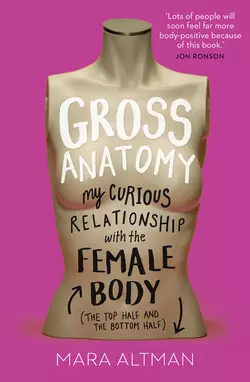Gross Anatomy

Mara Altman
Тип: электронная книга
Жанр: Юмор и сатира
Язык: на английском языке
Стоимость: 777.34 ₽
Статус: В продаже
Издательство: HarperCollins
Дата публикации: 16.04.2024
Отзывы: Пока нет Добавить отзыв
О книге: Gross Anatomy, электронная книга автора Mara Altman на английском языке, в жанре юмор и сатира